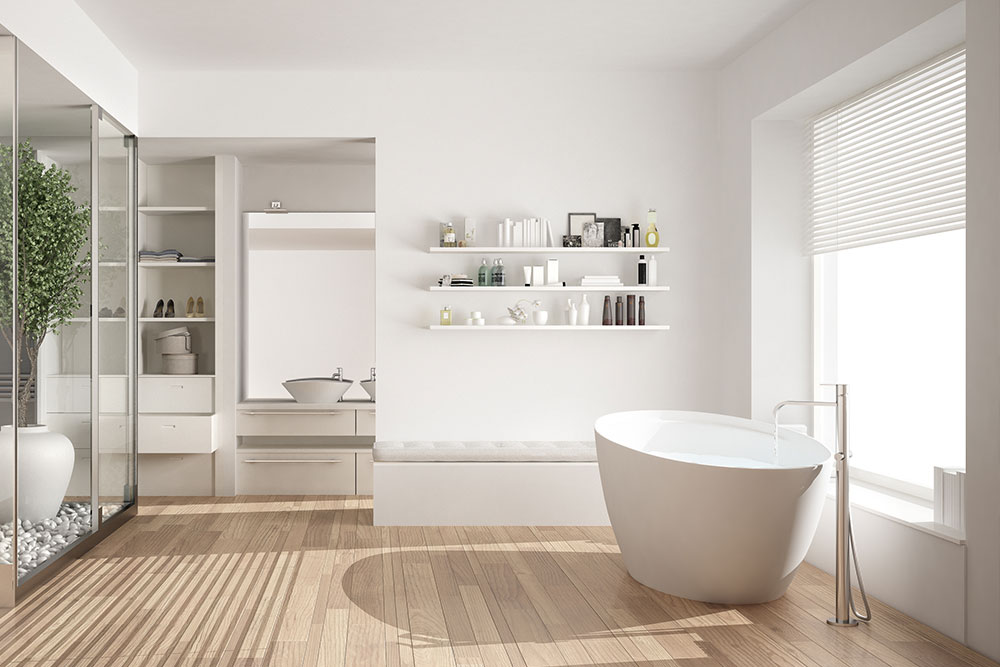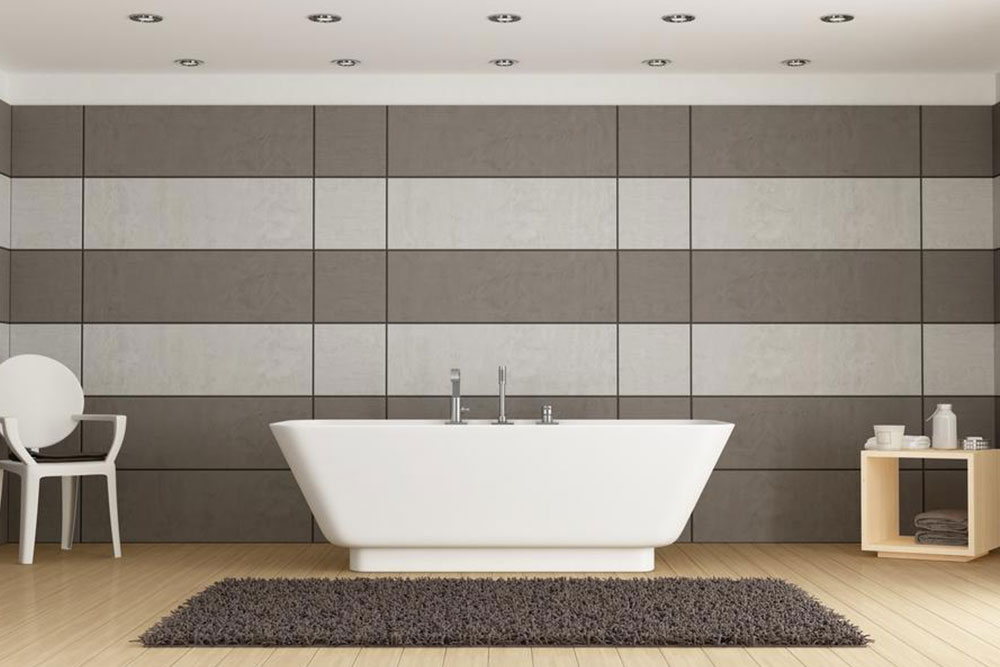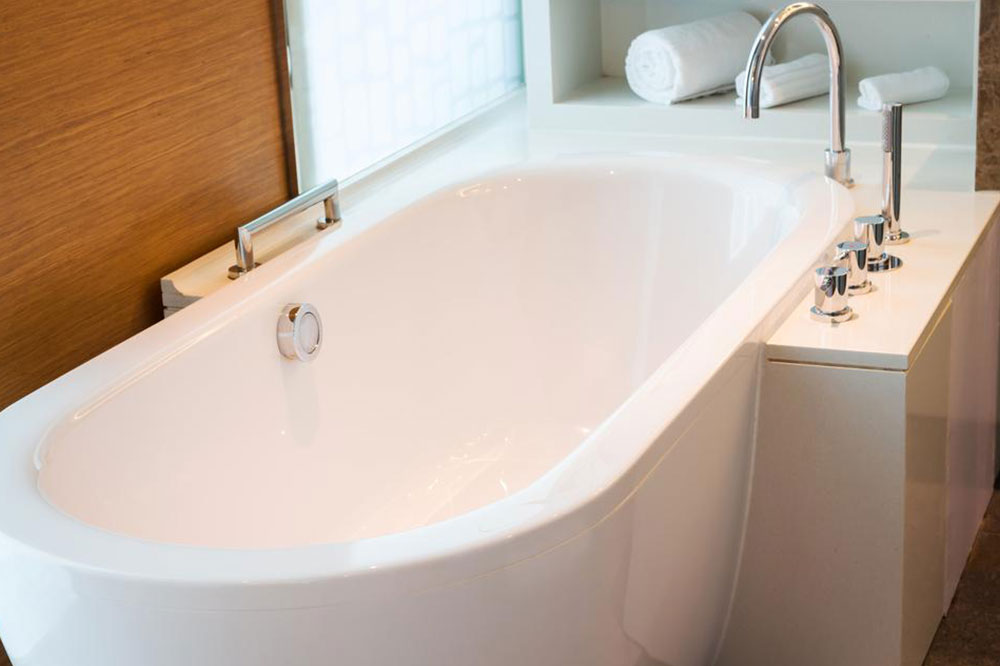Comprehensive Guide to Installing Accessible Walk-In Bathtubs for Enhanced Safety and Independence
This comprehensive guide covers everything you need to know about accessible walk-in bathtubs, from safety benefits and types to costs, installation, insurance coverage, and tax deductions. Designed for seniors and individuals with mobility issues, it emphasizes the importance of choosing the right model to ensure safe, independent bathing. The article provides detailed insights into various tub options, pricing, professional installation, and financial assistance programs, making it an essential resource for those considering a vital safety upgrade in their home. Enhancing safety and independence has never been easier with the right walk-in bathtub choice.

Comprehensive Guide to Installing Accessible Walk-In Bathtubs for Enhanced Safety and Independence
For seniors and individuals with mobility challenges, maintaining personal hygiene safely can often be a source of concern and risk. Traditional bathtubs, with high sides and slippery surfaces, pose significant fall hazards that can lead to serious injuries. To address these concerns, modern accessible walk-in bathtubs have emerged as a vital solution, offering both safety and convenience. These specially designed bathtubs feature low-threshold entry, secure doors, and comfortable seating, enabling users to bathe independently without the fear of slipping or falling. They are becoming an essential fixture in homes dedicated to aging-in-place and disability-friendly living environments.
While embracing the safety features of walk-in bathtubs is a wise decision, it is important for homeowners to understand the investment involved. These specialized fixtures can vary significantly in price, ranging from approximately $1,500 for basic models up to $20,000 or more for high-end, luxury configurations. The overall cost is influenced by several factors, including the size of the tub, the type of features included, brand reputation, and degree of customization. Budget-friendly options such as simple soaking models are generally priced below $5,000, perfect for those seeking basic safety enhancements. On the other hand, sophisticated options with hydrotherapy jets or air massage features tend to be in the $5,000 to $7,000 range, delivering additional therapeutic benefits. Understanding the different types of walk-in tubs available is crucial in making an informed purchasing decision that best fits your needs and budget.
Walk-in tub options are diverse, with each designed to meet specific safety, therapeutic, and comfort requirements. Here’s an expanded overview of the various types and their approximate price ranges:
Basic Soaker Walk-In Tubs - These offer essential features such as a built-in seat, low-entry threshold, and leak-proof door, typically priced between $1,500 and $5,000. They often include safety features like anti-slip flooring and sturdy grab bars, but do not contain jets or therapeutic water features. Ideal for those looking to enhance bathing safety with minimal investment.
Air Jet Tubs - Equipped with multiple air jets that gently circulate air in the water, creating a soothing massage effect. These models cost around $5,000 to $9,000, combining safety with relaxation and stress relief.
Hydrotherapy Walk-In Tubs - Designed primarily for muscle and joint relief, these tubs feature water jets that provide targeted hydro-massage. Priced generally between $5,000 and $7,000, they are favored by those seeking therapeutic benefits alongside safety.
Combined Water and Air Jet Tubs - Offering both water and air massage functionalities, these versatile tubs can be customized with features such as LED lighting, aromatherapy systems, and thermostatic controls. These premium models are often priced around $10,000 or more, providing a spa-like experience at home.
Bariatric Walk-In Tubs - Built with reinforced materials and larger capacities to accommodate people with higher body weights, these models typically range from $5,000 to $10,000. They prioritize safety and comfort for larger users, ensuring dignity and independence during bathing.
In addition to the cost of the tub itself, professional installation is a vital component of ensuring safety and functionality. Installation expenses usually range from $700 to $3,000 and may include costs for modifications to existing plumbing, electrical work, or wall reinforcements. Employing experienced plumbers and contractors is recommended to guarantee a safe, code-compliant setup. If you possess some technical skills, certain aspects such as minor electrical work or wall modifications can be handled independently to reduce costs, but caution and expertise are essential to avoid accidents or improper installation.
To secure an accurate estimate tailored to your specific needs, consulting with reputable walk-in tub providers is highly advisable. Many companies offer flexible financing options, including low-interest payment plans, to make these safety upgrades financially feasible. These options are especially beneficial for seniors and individuals with disabilities, helping them afford essential modifications without overwhelming financial burdens. When choosing a provider, inquire about warranties, after-sales support, and maintenance packages to safeguard your investment over time.
It’s important to note that insurance coverage for walk-in bathtubs varies. Medicare typically does not reimburse for these fixtures, as they are generally classified as comfort items rather than medical devices. However, some Medicaid programs in certain states may partially cover costs if a healthcare provider prescribes a walk-in tub as a medical necessity, supported by appropriate documentation. To explore potential financial assistance, contact your State Health Insurance Assistance Program (SHIP) or local Medicaid office to understand eligibility criteria and reimbursement policies in your area.
Tax deductions related to walk-in tubs are also a consideration. If a healthcare professional deems the bathtub medically necessary, the purchase may qualify as a deductible medical expense under IRS guidelines. Additionally, caregivers installing these tubs for loved ones might qualify for tax relief through the Dependent Care Tax Credit, which considers expenses related to health and safety upgrades that support independent living. Keeping detailed receipts and consulting with a tax professional can help maximize these benefits.
Implementing a walk-in bathtub into your home significantly enhances safety, independence, and quality of life. It’s vital to evaluate your specific needs, budget, and future maintenance considerations when selecting the right model. The combination of safety features, therapeutic options, and professional installation ensures that you or your loved ones can enjoy a safer, more comfortable bathing experience for years to come. With the variety of models and flexible financing options available, upgrading to an accessible walk-in tub is a proactive step toward safer and more dignified bathing routines for seniors and people with mobility challenges.





